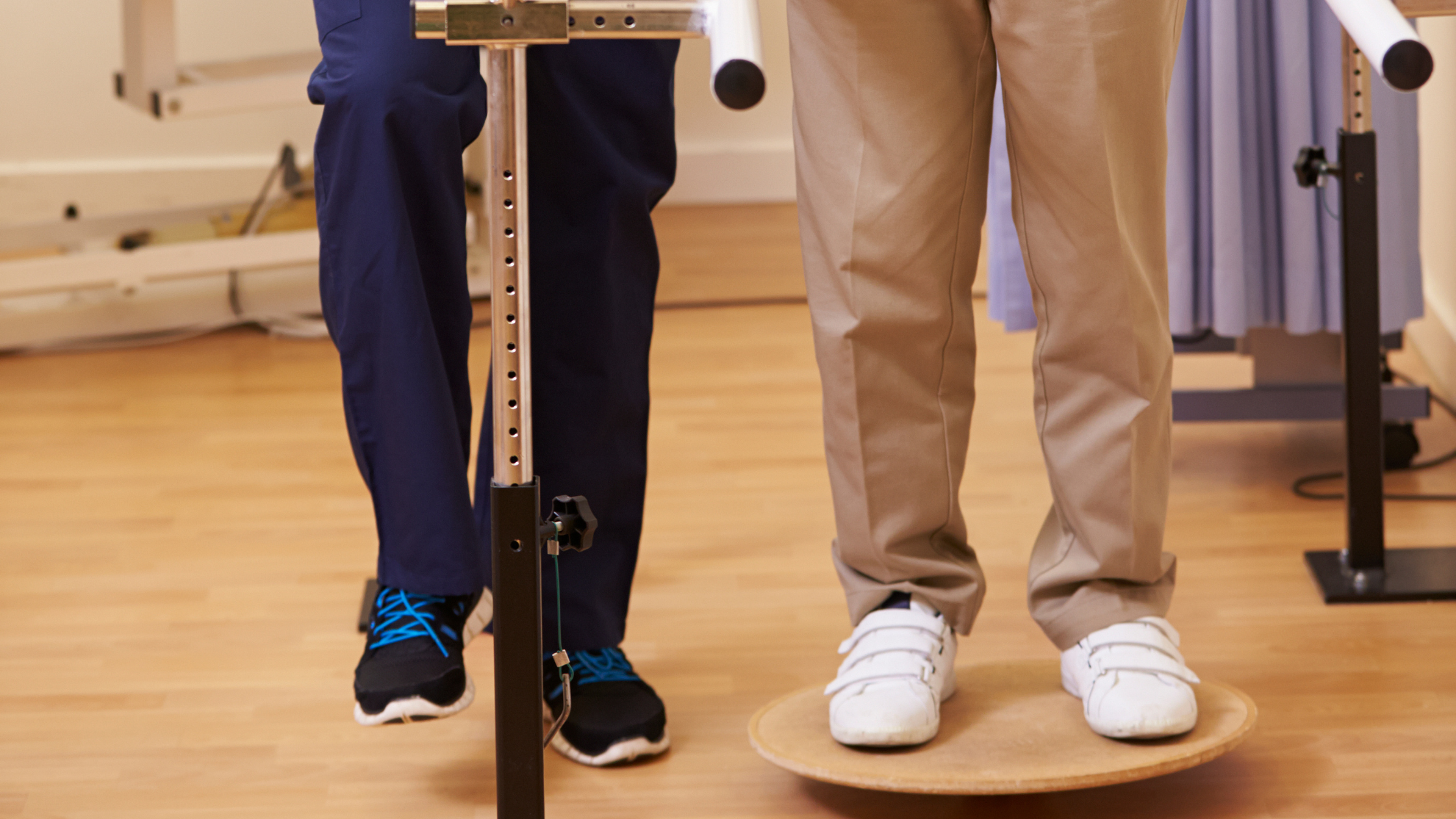How Physical Therapy Can Help Prevent Falls in Seniors
September 24, 2021

More than 30% of people 65 or older fall each year. That risk increases with age. A simple trip on a rug or slip on a wet floor can change your life forever. Thousands of people break bones from falling. For seniors, that can cause a domino effect, resulting in a trip to the hospital, a severe injury, or even long-term disability.
A simple fall can cause seniors to lose the ability to live independently. It’s essential to take certain precautions to avoid and prevent falls and improve your safety. Working with a physical therapist specializing in how the body moves and functions can use exercises to help seniors avoid falls.
Falls and Fall-Risk Causes
The fear of falling may cause many older people to stop doing activities they may love. Many factors can cause falling: A decline in eyesight, hearing, and reflexes, diabetes, heart disease, thyroid problems, and even medications that cause dizziness or confusion.
Studies have linked personal factors to falling, such as muscle weakness, loss of balance, changes in gait, and hypotension (a drop in blood pressure when you get up after lying down or sitting). The type of shoe you wear can also attribute to fall risks.
Adults 65 and older should be evaluated annually by their primary physician to help determine their risk of falling. If a threat is apparent, the patient should see a physical therapist.
How Physical Therapy Can Help Prevent Falls
Your physical therapist will conduct general analysis and evaluation to determine the best suitable treatments for you. An individualized treatment plan will be designed based on your fall risks and home environment. This treatment program will include exercises that help improve strength, balance, and flexibility.
Different modalities of your individualized treatment plan may include:
- Safely doing more than one thing at a time: Older adults who have difficulty doing more than one task at a time have a higher risk of falling. Physical therapists can create a dual-task program. This program will challenge a person to maintain walking speed while performing another task, such as carrying groceries or simply maintaining a conversation.
- Pain Management: Exercises designed to reduce pain, such as strengthening and aerobic exercises, can also play an essential role in reducing fall risk. Treatments will be modified specifically to the patient’s pain and source of discomfort. Engaging in physical therapy can eliminate the need for taking pain medication, which frequently causes dizziness or tiredness – lending its hand to fall risk.
- Strength Training: Strengthening your muscles is vital in fall prevention, especially when combined with balance exercises. Your therapist will create your personalized strength training program that focuses on specific muscle groups to improve your balance while standing, walking, and your ability to recover from losing balance.
- Personal Recommendations: Along with exercises, your physical therapist may provide recommendations based on your condition and goals to help prevent falls. These recommendations may include changing your home environment like removing a rug, adjusting how you perform daily tasks, choosing appropriate footwear, or improving your sleep schedule or nutrition to help reduce cognitive dysfunction (leading to a fall risk).
The physical therapists at VIP PT are all qualified to work with seniors who fear the risk of falling, have balance issues, or are recovering from a fall and need prevention tips. To get in touch with our team to learn more or schedule an appointment, please fill out the form below:
